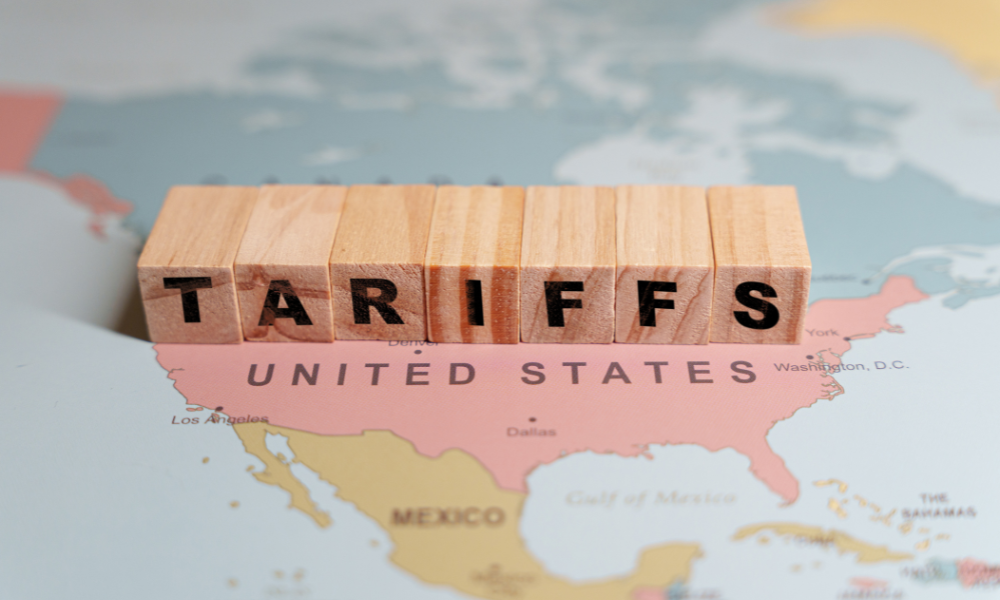Franklin Bissett's Brian Calder says short-duration bonds are an attractive opportunity to generate high yield with reduced volatility

This article was produced in partnership with Franklin Templeton.
Investors are always seeking the right balance between risk and reward. Amid lingering uncertainty around inflation and interest rates, some investors are discovering the perfect balance in ultra-short bonds.
With maturities of less than one year, ultra-short bonds can reduce an investor’s prolonged exposure to defaults and fluctuating rates, while providing a higher yield than other low-risk options such as savings accounts or money market funds.
“They’re a good place to be, potentially earning an attractive yield while limiting exposure to market risks,” says Brian Calder, vice president at Franklin Templeton Fixed Income - Bissett Investment Management and co-lead manager of the Franklin Bissett Ultra Short Bond Active ETF (FHIS).
“The curve is steeply inverted and you really don't need to extend duration to earn attractive yields,” he says. “We're looking at potentially getting 5% or more for extremely short duration.”
Calder, who helps manage almost $5 billion across several funds from his office in Calgary, highlighted another potential benefit of investing in ultra-short bonds ahead of more potential rate hikes by the Bank of Canada.
“The fund is much more responsive to interest rates than conventional, longer-term securities,” he adds. “It’s nimble enough to capture the benefits of higher rates without suffering some of the negative effects of those higher rates.”
Looking ahead on inflation and rates
Calder says the Bank of Canada has managed to rein in inflation to a significant extent but now they’re encountering some of the stickier contributions to higher prices.
To reach their goal of 2% inflation, he believes there’s still some work to do.
“We don't see them cutting anytime soon,” Calder says. Rate cuts will likely be delayed until later next year and we're quite comfortable how we are positioned for that.”
He adds, however, that a more globally connected world equates to more unpredictable markets, and there’s always a possibility of another shock that upsets the transition to lower rates next year.
Who should hold ultra-short bonds?
Investors are usually attracted to short-term bonds for their superior liquidity and reduced volatility. The trade-off to these advantages was lower yield.
But that has changed today. “Due to the shape of the inverted yield curve, there’s no real sacrifice with yield,” Calder, says. “You're being paid attractively to reduce your volatility.”
Ultra-short bonds serve as a great partner to longer-term bonds within an investor’s strategy. Instead of sitting on the sidelines or investing in a money market fund with low returns, an investor can acquire both yield and flexibility without giving up stability.
Calder points to another advantage of the Franklin Bissett Ultra Short Bond Active ETF (FHIS): a fee of just 15 basis points.
“We saw there was an opportunity in this space, and we wanted to be competitive,” Calder explains. “We understand that investors in this space are price sensitive and we’re delivering an actively managed solution at a low cost.”
Brian Calder’s comments, opinions and analyses are for informational purposes only and should not be considered individual investment advice or recommendations to invest in any security or to adopt any investment strategy. Because market and economic conditions are subject to rapid change, comments, opinion, and analyses are rendered as of the date of the posting and may change without notice. The material is not intended as a complete analysis of every material fact regarding any country, region, market, industry, investment or strategy.
Any statement that necessarily depends on future events may be a forward-looking statement. Forward-looking statements are not guarantees of performance. They involve risks, uncertainties and assumptions. Although such statements are based on assumptions that are believed to be reasonable, there can be no assurance that actual results will not differ materially from expectations. Investors are cautioned not to rely unduly on any forward-looking statements. In connection with any forward-looking statements, investors should carefully consider the areas of risk described in the most recent simplified prospectus.
All investments involve risks, including possible loss of principal. For fixed income funds, bond prices, and thus an ETF’s unit price, generally move in the opposite direction of interest rates. Special risks are associated with foreign investing, including currency fluctuations, economic instability and political developments; investments in emerging markets involve heightened risks related to the same factors. To the extent the ETF focuses on particular countries, regions, industries, sectors or types of investment from time to time, it may be subject to greater risks of adverse developments in such areas of focus than an ETF that invests in a wider variety of countries, regions, industries, sectors or investments. Performance of the ETFs may vary significantly from the performance of an index, as a result of transactions costs, expenses and other factors. These and other risks are discussed in the ETF’s prospectus.
Commissions, trailing commissions, management fees, brokerage fees and expenses may be associated with investments in mutual funds and ETFs. Please read the prospectus and fund fact/ETF facts document before investing. ETFs trade like stocks, fluctuate in market value and may trade at prices above or below the ETF’s net asset value. Brokerage commissions and ETF expenses will reduce returns. Performance of an ETF may vary significantly from the performance of an index, as a result of transaction costs, expenses, and other factors. Indicated rates of return are historical annual compounded total returns for the period indicated, including changes in unit value and reinvestment distributions, and do not take into account any charges or income taxes payable by any security holder that would have reduced returns. Mutual funds and ETFs are not guaranteed. Their values change frequently. Past performance may not be repeated.
ETF units may be bought or sold throughout the day at their market price on the exchange on which they are listed. However, there can be no guarantee that an active trading market for ETF units will develop or be maintained, or that their listing will continue or remain unchanged. While the units of ETFs are tradable on secondary markets, they may not readily trade in all market conditions and may trade at significant discounts in periods of market stress.
© 2023 Franklin Templeton. All rights reserved. Franklin Templeton Canada is a business name used by Franklin Templeton Investments Corp.



